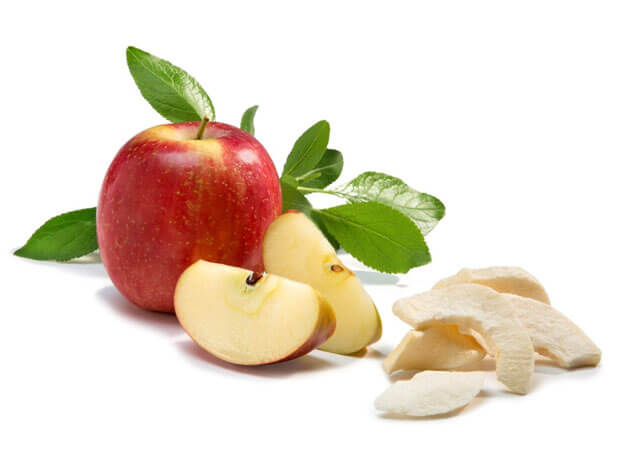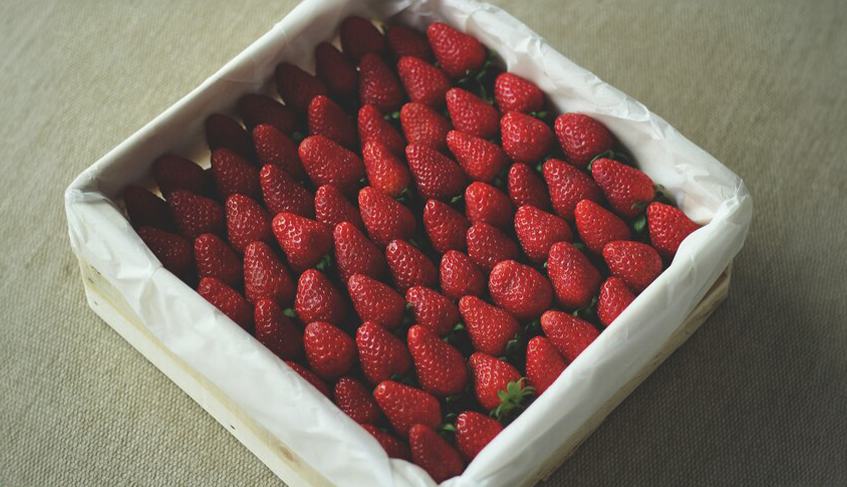Freeze drying is considered the benchmark in quality for many dehydrated food products. But is it worth the higher cost compared to cheaper air drying technologies such as spray or fluid bed drying? Freeze drying is a process that usually provides several benefits over competing technologies, such as improved flavour and aroma, better retention of nutrients (vitamins, bioactive compounds, etc), ‘natural’ or attractive shape, more natural colour after rehydration, better rehydration – especially for large pieces (e.g. fruits and vegetables) and better solubility for larger particles (e.g. instant coffee)
Freeze drying is considered the benchmark in quality for many dehydrated food products. But is it worth the higher cost compared to cheaper air drying technologies such as spray or fluid bed drying? Freeze drying is a process that usually provides several benefits over competing technologies, such as improved flavour and aroma, better retention of nutrients (vitamins, bioactive compounds, etc), ‘natural’ or attractive shape, more natural colour after rehydration, better rehydration – especially for large pieces (e.g. fruits and vegetables) and better solubility for larger particles (e.g. instant coffee).
Some of the drawbacks for this process include a higher cost (capital and operating) than competing technologies, increased suscepti – bility to oxidation for some products (due to a highly open structure) and some products can be very brittle and prone to breakdown. The reason behind these benefits will be discussed in the next section on basic principles. We will then review some product applications, look at some industrial equipment options and finally take a brief look to the future.
Basic Principles
Freeze drying is a process where water is first frozen and then removed from a substance at a pressure below the triple point of water (4.6 Torr or 6.1 mbar, less than 1/100th normal atmospheric pressure). The bulk of the water is removed in a primary drying phase where ice is sublimated to water vapour. A secondary drying phase involves desorption of unfrozen water in the product and tends to overlap completion of the primary drying phase. Specific aspects of the freezing and drying phases will be discussed in further detail below.
A Freeze Dryer İs Basically A Pressure Vessel That Contains These Components
A receptacle to hold the material being dried (for foods this is usually an aluminium or stainless steel tray)
A method of heating the tray. Heating is usually provided by recirculating warm water or oil through heated plates, with the trays separated from the plates by small gaps. Thus, radiation is the predominant heat transfer mechanism. Sometimes the trays are placed directly on the heating plates which results in increased heat transfer by conduction, though with risk of overheating and non-uniform product
A system to generate a vacuum (typically a vacuum pump or jet eductors)
A condenser (cold trap) to re-sublimate the water molecules. This greatly increases the performance of the vacuum system
As heat is supplied to the material, water is removed by sublimation of the ice crystals in the outer layer of the food and collects as ice on the condensers. This results in a ‘sublimation front’ where ice is removed progressively inward in the particles as the drying proceeds, until finally all ice is removed.
Meanwhile, behind the sublimation front, there is normally still a significant amount of unfrozen water to remove. This water starts to desorb while sublimation is still occurring, and so final drying follows the sublimation front inward until the desired average final moisture content is achieved.

As freeze drying is a relatively slow process (typically several hours), the pressures inside the food product are often close to the bulk pressure in the dryer. Therefore, the product temperature can often be adjusted colder simply by lowering the pressure in the vacuum chamber, though this often results in some loss of heat transfer (gas conduction) and drying rate. Product temperatures will tend to rise above 0°C only towards the end of drying once the ice is largely removed, when the secondary drying phase becomes dominant. This very gentle temperature treatment is a major factor in the superior quality and nutritional retention of many freeze-dried food products.
The excellent shape retention (low shrinkage) compared to other dehydration methods results from the combination of low product temperature, slow drying and the progressive removal of ice, since the ice keeps the product very rigid until the latter drying phase.The ice crystal structure formed during freezing has a large impact on drying performance (cost) and product quality. As ice crystals are removed by sublimation, voids or pores are created in the product. This tends to increase mass transfer by creating open passages for water vapour to flow to the surface, and increased surface area. However, heat transfer is often reduced since ice conducts heat faster than the dry, porous food material. On balance, the voids created by the removed ice crystals assist the drying process since mass transfer is often the limiting factor.
The voids created by the sublimed ice also can greatly assist rehydration or dissolution of the dry food product, which can be a critical factor for larger dry food pieces. The volume of these ice voids directly affects the final product density which can be very important for final product use and packaging. A food with very low solids content before freezing results in a very light freeze-dried product.
One issue with freeze drying is that during the freezing process, the unfrozen food material becomes concentrated. While this solid concentration of course happens for all drying processes, the combination of longer times and low temperatures may cause specific issues (e.g. slow freezing of living organisms may result in loss of viability).
Reference: https://www.newfoodmagazine.com/article/1218/the-benchmark-in-quality-for-dehydrated-food-products/









